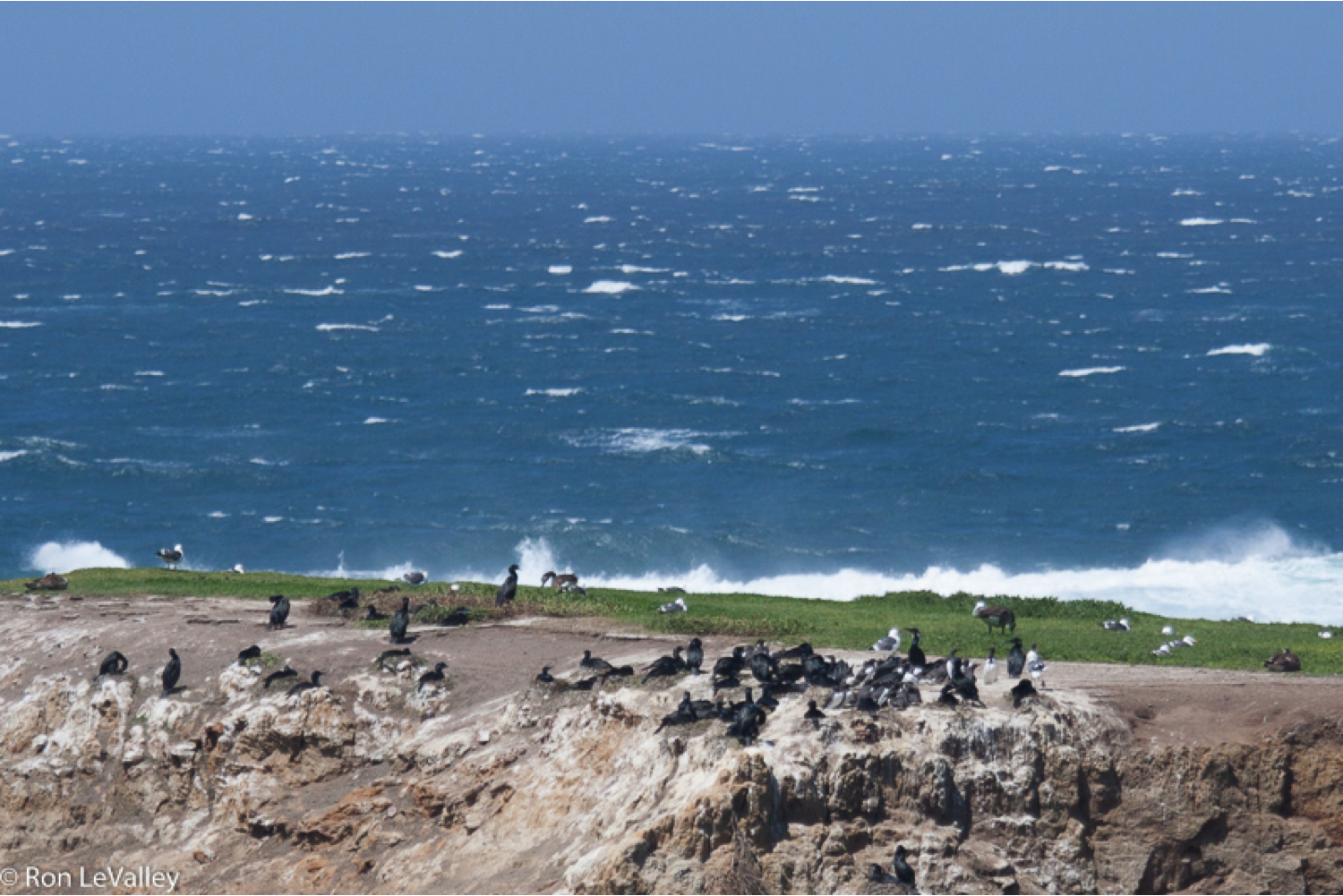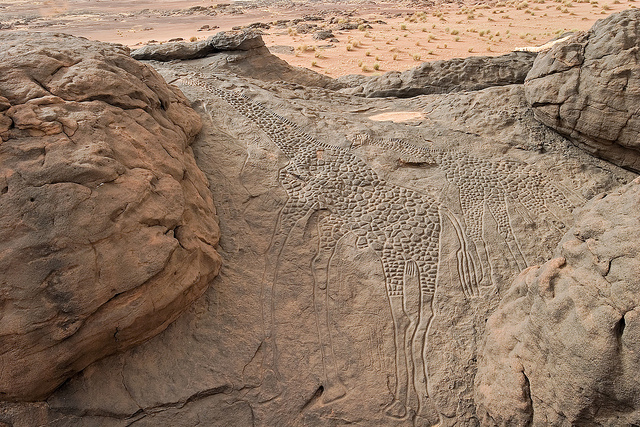Our Washington coastline is one of the most prolific and productive in the world, teeming with abundant plant and animal life. In fact, much of entire U.S. west coast is the same, and we can largely thank a strong upwelling system for driving this bounty. New research published in Science has shown that upwelling in the eastern boundary current systems – meaning, the eastern edges of ocean basins across the globe where winds, currents, and geological formations create a prime environment for upwelling – has increased globally over the past 60 years.
Read more on the Los Angeles Times »Demystifying lush landscapes of the ancient African Sahara
When thinking of rich green landscapes—ones where an abundance of rain keeps everything growing and vibrant, supporting water-loving wildlife like crocodiles and hippopotamus—the Sahara is hardly the place that comes to mind. Yet 6000 years ago, this would have appropriately described what has become the dry, thirsty landscape of the Sahara we know today. The desert’s previous state of relative lushness has long been known by scientists and others.
Read more »Using eDNA to help scientists monitor marine ecosystems
Marine plants and animals leave behind tiny markers of their presence, often in the form of skin cells that have been shed, damaged tissues, or waste products – and within that lies their signature DNA. From a sample of seawater, scientists can read that eDNA — that is, environmental DNA — and paint a picture of species diversity in specific ocean ecosystems, determine whether or not invasive species have landed in local waters, and even sharpen their ability to monitor ecosystem changes as is often required by law.
Read more at the Stanford Woods Institute »Scientists ready to study magma formation beneath Mount St. Helens
University and government scientists are embarking on a collaborative research expedition to improve volcanic eruption forecasting by learning more about how a deep-underground feeder system creates and supplies magma to Mount St. Helens. They hope the research will produce science that will lead to better understanding of eruptions, which in turn could lead to greater public safety.
Read more at UW Today »Oceanography professor and director helps launch major initiative to study marine microbes
The Simons Foundation announced on June 16 the launch of the Simons Collaboration on Ocean Processes and Ecology (SCOPE), funded through a major grant that will be distributed among numerous universities for research focused on microbes in the ocean. Ginger Armbrust, professor and director of the School of Oceanography at the University of Washington College of the Environment, is one of eight investigators to receive funding to conduct research.
Read more »





